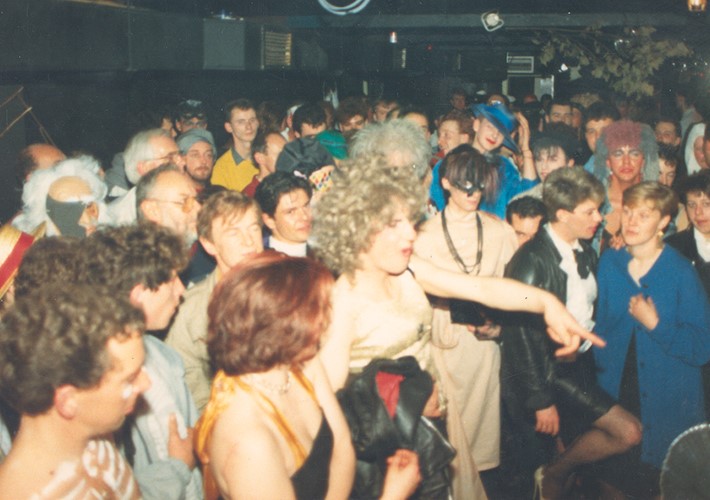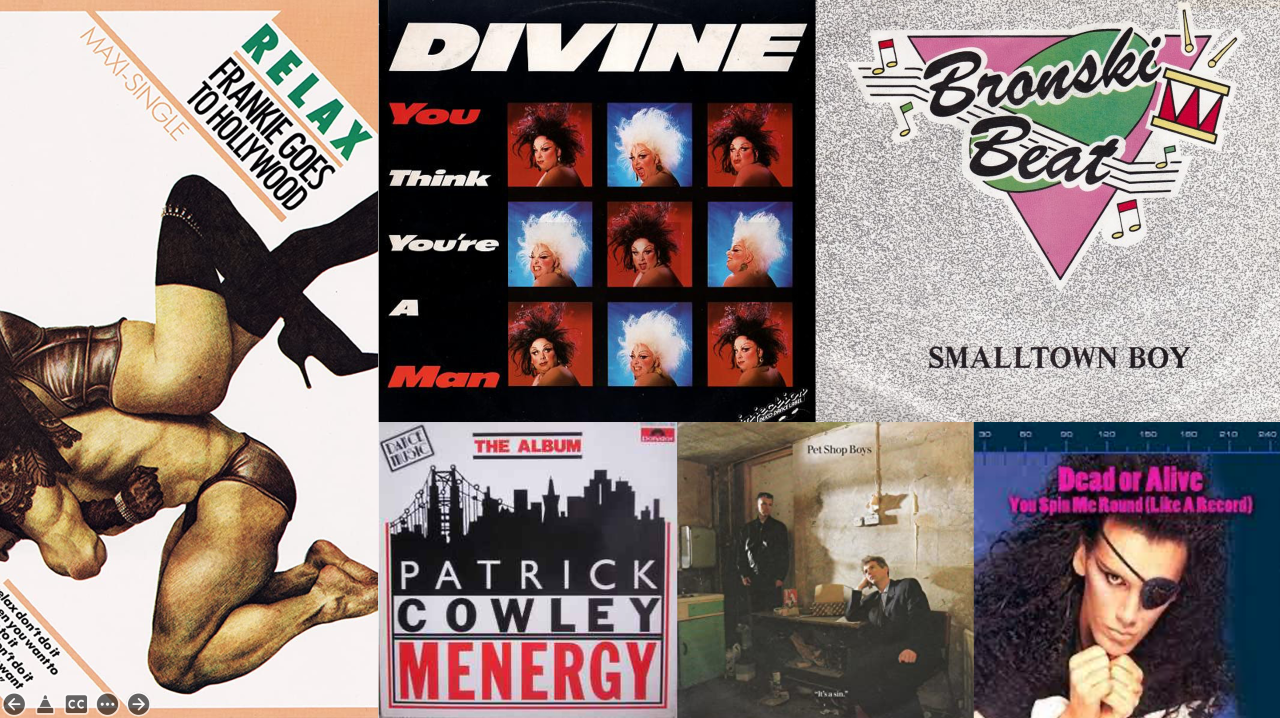
10 October, 2024

Author: David Carroll
Posted: 17 June, 2022
Social histories of the 1980s generally recall the decade as a dark time for LGBTQ communities. The combination of various prohibitive legislations, along with the advent of HIV/AIDS, would ensure the ongoing marginalisation of such populations internationally. Here in Ireland, the picture was depressingly similar. The murder of three gay men, along with a series of fires which would destroy the few existing focal points for LGBTQ people in Dublin, would serve as stark bookends to the decade. In addition, and in spite of on-going efforts, the criminalisation of homosexuality would also endure.
As a gay teenager in 1980s Ireland, it seemed impossible to find positive messaging or representations in relation to homosexuality. For me, pop music provided one of the few access points to a world beyond the grey heteronormative confines of Irish society. Instead, pop music abundantly challenged the prevailing gender and sexuality-related norms and indeed, seemed to positively revel in doing so.
My Irish Research Council funded PhD research at the School of Applied Language & Intercultural Studies, Dublin City University, explores the extent of influence which aspects of gay culture would come to exert over the decade’s pop music canon. The research employs Discourse Analysis – a qualitative analysis methodology used to draw meaning from language in context – to develop a comprehensive picture of queer messaging and themes in the pop music of the period, examining a diverse range of source material including artefacts, lyrics and performances. I have recently demonstrated some of the initial findings of the project in podcast events and panel discussions.

David Carroll, IRC Government of Ireland Postgraduate Scholar
A number of works have revealed the complex but enduring relationship enjoyed by pop music and LGBTQ artists. Despite being subject to frequent censorship, the contribution of sexual-minority populations in the trajectory of pop music has been shown to have been significant. As pop music itself has attained greater academic credibility in relation to its multitudinous functioning, it’s relationship with LGBTQ audiences has also been investigated.
Since my own outlined teenage experience, I have been fortunate to have been involved in developing supports for LGBTQ communities in Ireland, in a number professional and voluntary capacities. Each of these roles yielded further affirmation, as to the powerful role often played by pop music in the ‘coming out’ process. Pop offers resilience, and a place to safely explore simulated possibilities. On a collective level, pop music’s ability to imbue audiences with a sense of connectivity is also well established. In light of these factors, the reasons for its unique relationship with the commonly side-lined and often underground collective gay audiences of the 1980s, becomes all the more evident.
Pop’s transgressive potency was at its strongest in the 1980s. The study propositions the period as an important cultural milestone in the representation and mirroring of populations previously unseen and underserved. The impact and influence was far-ranging. From the aesthetics of the cultural phenomenon of the ‘gender bender’ to the advent of the first unapologetic, unretractable gay-identification of pop stars such as Jimmy Sommerville, pop had never been so sexually transgressive.

A selection of 1980s records featured in David’s research
Hi-Nrg, a music genre that had originated in the gay nightlife scenes emerging across North America and Western Europe, would symbolise the soundtrack to many queer lives in the 1980s. Courtesy of producers Stock, Aitken & Waterman, the pioneering genre would crossover to the mainstream via Dead or Alive’s “You Spin Me Round (Like a Record)”, and within a short time became a ubiquitous chart sound on the pop landscape.
While some artists were explicit in their gay identification, others used coded terms and reference points to convey their messages. Here, artists such as the Pet Shop Boys, Elton John and Freddie Mercury are also analysed for their queer merit.
Understandably, the efforts of many LGBTQ activists and researchers during the 1980s was diverted by the onslaught of AIDS. In revisiting the pop landscape of the period, my research fills an important gap, affirming and celebrating the hugely significant role in which gay culture played in forming the pop music sounds and styles of the time. In singing back explicitly for the first time, to audiences who were still commonly bereft of gay role models, the decade’s pop was nothing short of revolutionary.
David Carroll is an Irish Research Council Government of Ireland Postgraduate Scholar.
The opinions expressed here are those of the author and do not represent or reflect the views of the Irish Research Council.